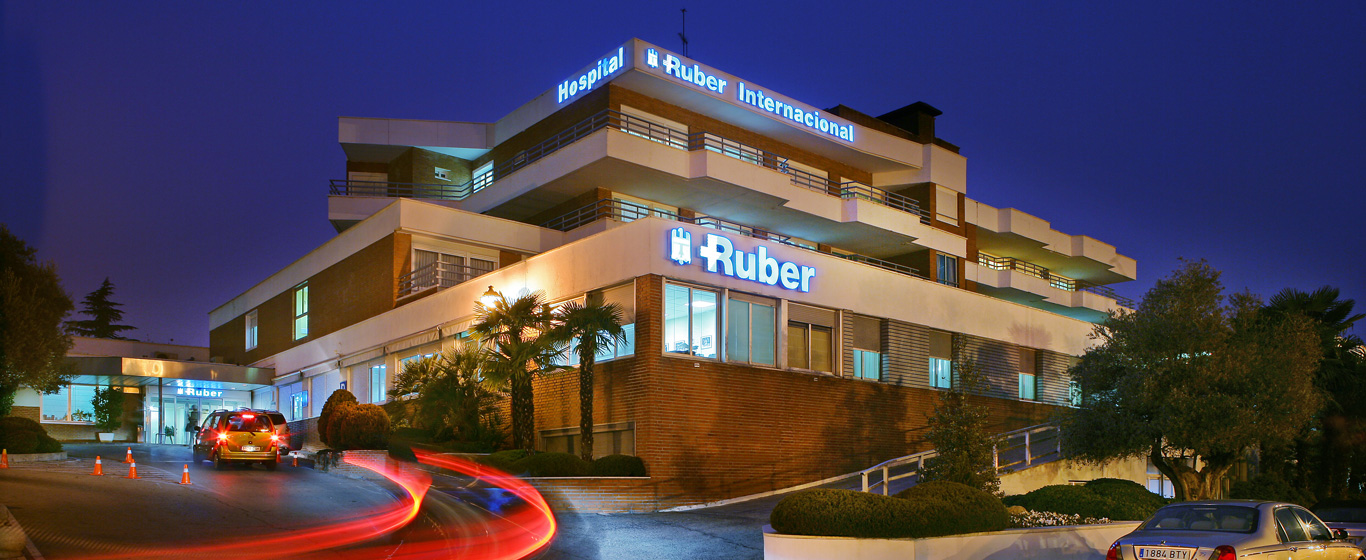CyberKnife Robotic Radiosurgery
CyberKnife robotic radiosurgery is an advanced system used to treat various types of cancer and benign tumors. Its features allow for a millimeter-precise approach without the need for surgical intervention.

The CyberKnife robotic surgery system uses high-dose radiation therapy to treat localized areas of the body with extreme precision. Despite its name, it is a non-surgical procedure in which treatment is delivered through tissues.
To achieve pinpoint accuracy, it combines technology with artificial intelligence and a real-time imaging system. CyberKnife is applied in two different ways:
- Stereotactic radiosurgery (SRS): Multiple radiation beams are focused on a specific point. Since fewer sessions are needed and the method is highly precise, a larger amount of healthy surrounding tissue is preserved. It is commonly used for treating head and neck tumors.
- Stereotactic body radiation therapy (SBRT): The procedure is the same but applied to tumors located in the body.
This type of robotic surgery, the most advanced in radiation therapy, delivers excellent results in the treatment of both cancerous and benign tumors.
How does it work?
The CyberKnife system is a type of image-guided radiation therapy (IGRT). This technology can track tumor locations, as some tumors move with breathing, for example, allowing radiation delivery to be synchronized with the tumor’s real-time position.
Depending on the tumor’s characteristics, images are obtained using computed tomography (CT), X-rays, or magnetic resonance imaging (MRI). The device locates abnormal cells and, with the assistance of a robotic arm, delivers radiation in a controlled, safe, and precise manner. During treatment, the movements of the CyberKnife device, the radiation beam, and the patient are synchronized, minimizing deviations.
What are the benefits of CyberKnife?
CyberKnife robotic radiosurgery offers multiple advantages over traditional treatments. Some of the most notable are:
- Enables the treatment of tumors in patients who are not candidates for surgery or in areas inaccessible by open surgical intervention.
- It is a minimally invasive treatment.
- Performed on an outpatient basis.
- Requires fewer sessions than traditional radiation therapy (between one and five).
- Radiation is delivered almost exclusively to damaged cells.
- Low risk of side effects.
- Significantly reduces damage to healthy tissues surrounding the tumor.
- Improves patients’ quality of life.
- Can be used to irradiate areas previously treated with this method (re-irradiation).
- The chances of a definitive cure are comparable to those of surgery.
When is it indicated?
CyberKnife delivers excellent results in treating brain tumors, pituitary tumors, or acoustic neuromas (tumors on the nerve connecting the ear and brain). Additionally, it is highly effective in other areas of the body, especially the lungs, spine, prostate, liver, pancreas, kidneys, and bones.
What to expect from CyberKnife robotic surgery
CyberKnife robotic surgery is an outpatient procedure and typically has no side effects, allowing patients to resume their daily routines immediately after treatment. As it is a radiation-based therapy, it does not require anesthesia and is painless.
On the day of the session, the patient signs an informed consent form and wears a gown provided by the medical center. Then, they lie on a table that slides into the device. The patient must remain in a position that allows the robotic arm to access the treatment area, but complete immobility is not necessary. In some cases, a vest is placed on the patient to help precisely track the tumor's location at all times by monitoring breathing.
The specialists leave the room once everything is ready to avoid radiation exposure, but they continuously monitor the patient through a window, cameras, and microphones.
Depending on the tumor’s location and type, the procedure lasts between 30 and 120 minutes.
In some cases, side effects may occur due to radiation. The most common include fatigue, skin irritation, or stomach discomfort.
Specialties that use CyberKnife
CyberKnife radiosurgery is a technology used in the fields of radiation therapy and oncology.




